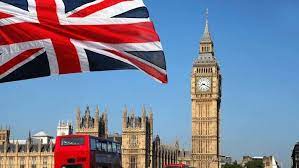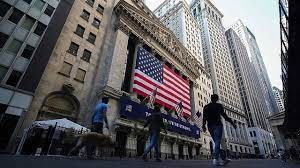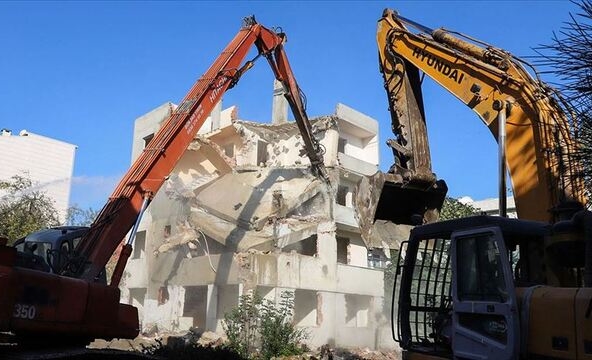NEW YORK — When the iconic Times Square Ball drops in Manhattan come midnight, it will descend before an unusually small live audience. Most of the confetti will fall to the ground, landing on the shoulders of just a few hundred partygoers rather than the 1 million who typically pack the streets for the new year. When the clock strikes 12, no one is likely to kiss a stranger.
For 2021 in New York and around the United States, it’s out with the old, in with the few.
The coronavirus pandemic has canceled, scaled down and rejiggered New Year’s celebrations across the United States, where virtually no place is safe to gather in groups. And after a bruising year that included not only a global health crisis, but a painful reckoning over racial injustice, devastating natural disasters and a polarizing presidential election, Americans are both hopeful and wary of what a new year will bring.
At the intersection of 44th Street and Seventh Avenue in Manhattan, a few hundred feet from where the ball would drop, a small crowd gathered in the early afternoon. Normally, it would be difficult to get so close.
Georgienne Millen, 65, a New York City tour guide, stopped by to snap a few photos. She hadn’t done the New Year’s Eve Times Square experience — partying amid the massive throng — since she was 16.
“It was crazy,” she said. “I was never kissed by so many people in my whole life.”
Now, the words escaped her. Millen’s older brother had recently tested positive for the coronavirus but was asymptomatic so far. “This whole year has messed with my vocabulary,” she said. “It’s so sad.”
The area where she was standing would have been impossible to do in a normal year. Space would have been a precious commodity. “This gets booked a year in advance,” she said. She was sad for those who had to cancel their plans.
Times Square on New Year’s is “something everybody should do once in their life,” Millen said. But not this year.
Now people were standing in small groups, snapping photos six feet apart. Come midnight, the only live witnesses to the ball drop will be the few hundred front-line workers invited to the square.
Indoors, New Year’s celebrations are expected to be even smaller. Restrictions on indoor dining across the United States and curfews on liquor sales in some areas are expected to dull bars and restaurants on what’s typically one of the most lucrative nights of the year.
The pandemic has been crushing for the hospitality industry and the prospect of thin winter months ahead has driven some establishments to try to salvage what they can of the usually bustling New Year’s Eve.
At the Royal D.C., a popular bar in Washington’s LeDroit Park neighborhood, customers usually flood in to watch the Times Square ball drop on a projector. This year, the D.C. government banned alcohol sales after 10 p.m., forcing bar manager Alonzo Freeman to reach for a backup plan: $90 take-home cocktail kits with four alcoholic drinks, as well as cold brew and a guava pastry for the next morning.
“If we could have people here until midnight, 1 a.m., we probably would,” Freeman said. “But since you can’t experience a countdown here, there’s really no point.”
Chicago chef Oliver Poilevey was more optimistic Thursday afternoon after capping the number of orders for a New Year’s Eve carryout menu at his French bistro, Le Bouchon.
“I think people are anxious to do something since they’re not going out,” said Poilevey. Even as he anticipates a much-needed sales bump from the New Year’s Eve orders, he’s wistful for the dinner services of New Year’s past.
“It’s not the same as being in a restaurant, everyone clinking glasses all the same time,” he said. “It’s a little bit of a reminder of the good times.” (The Washington Post)







